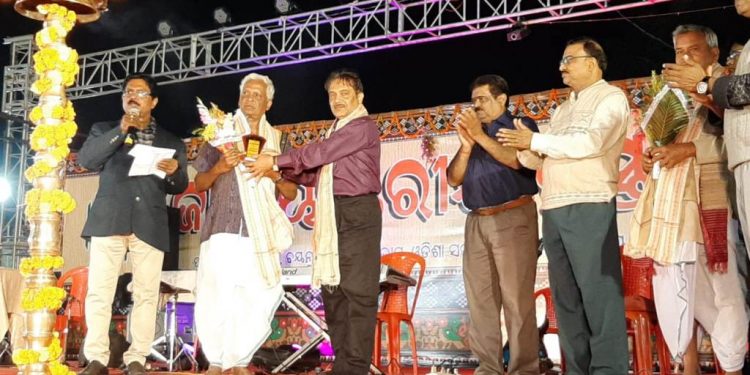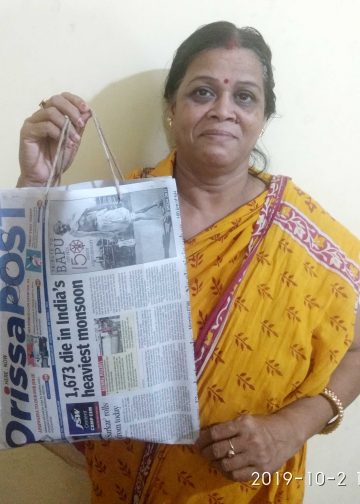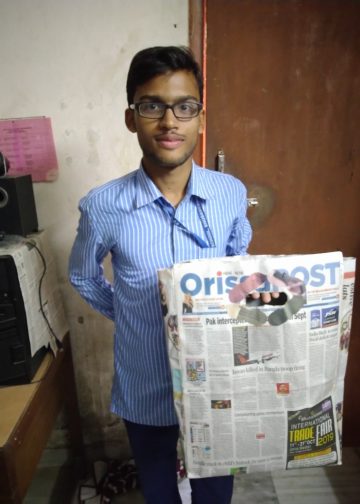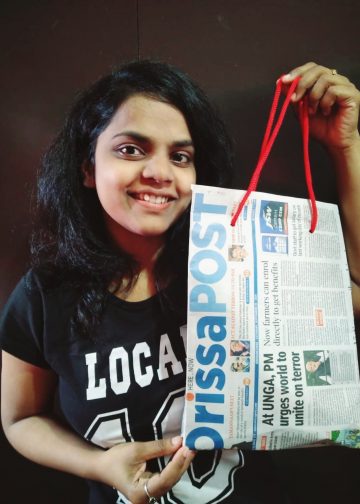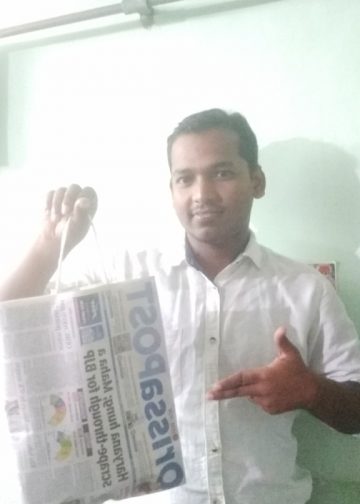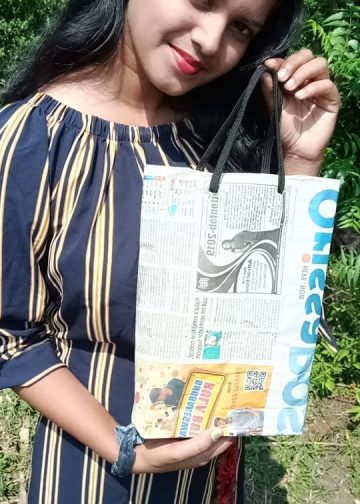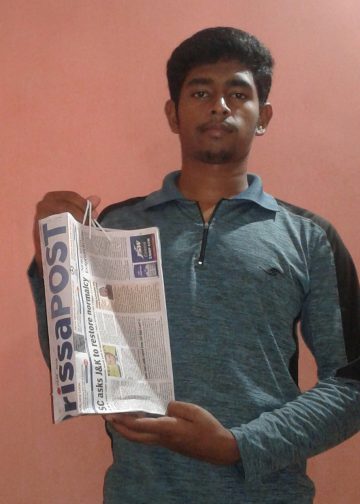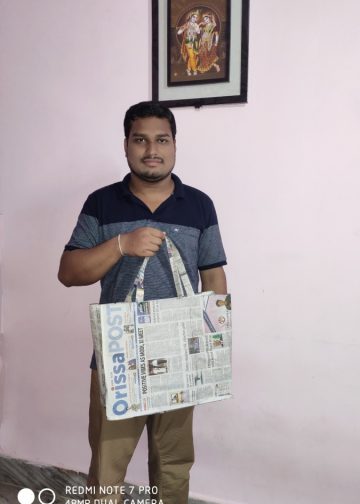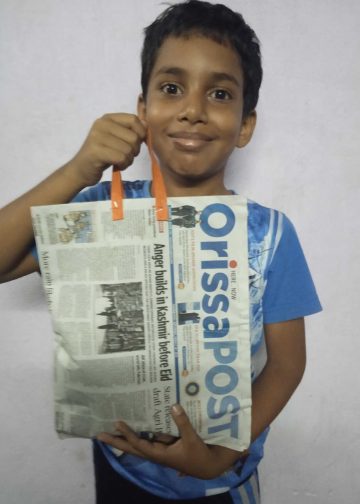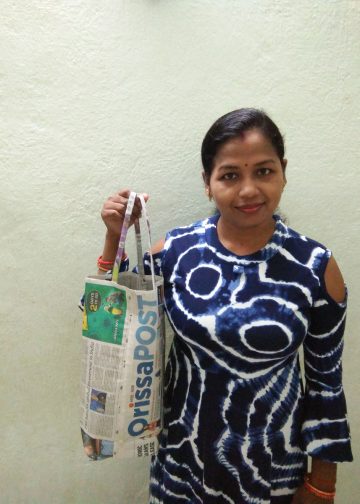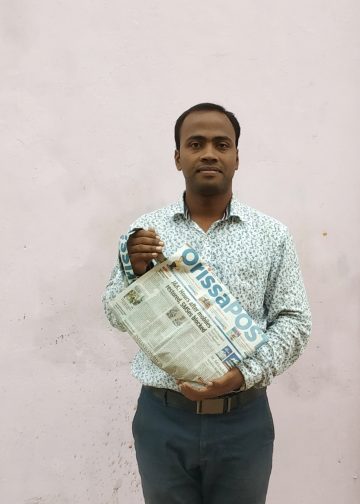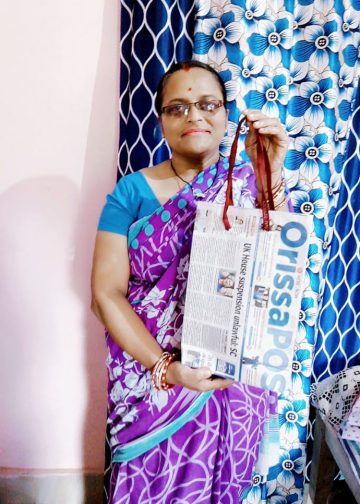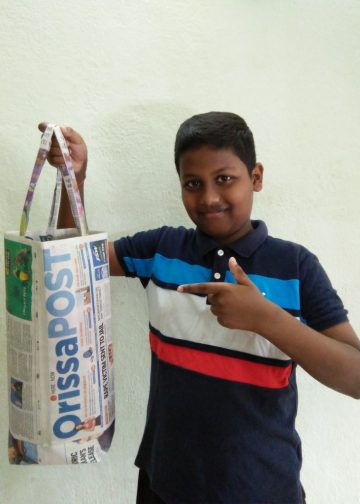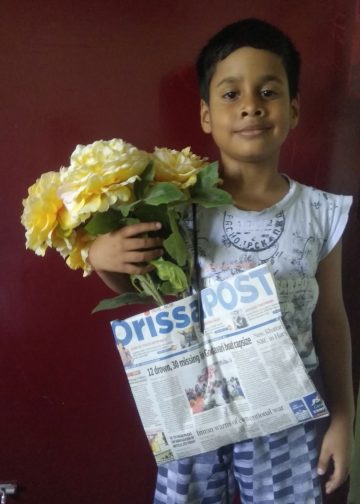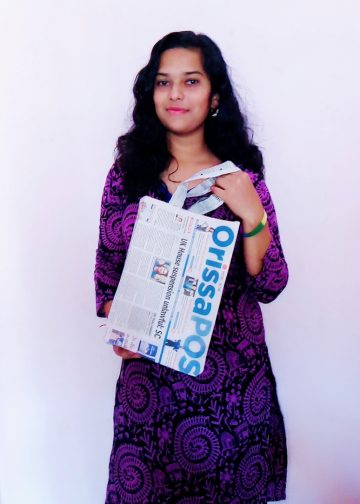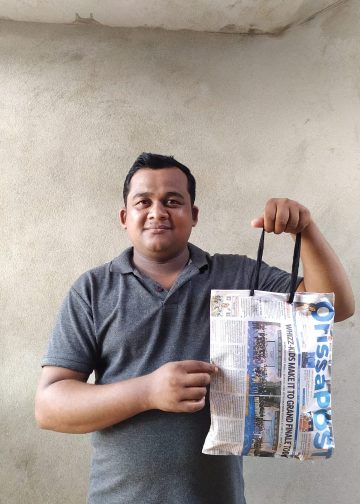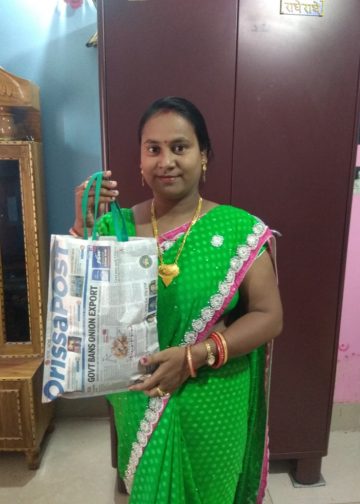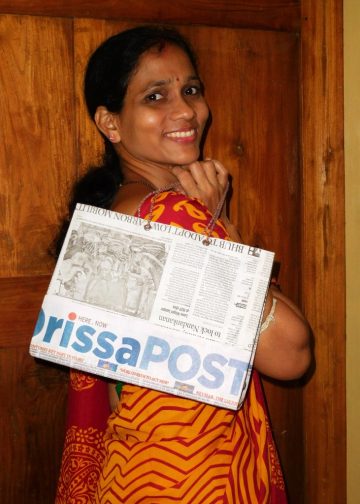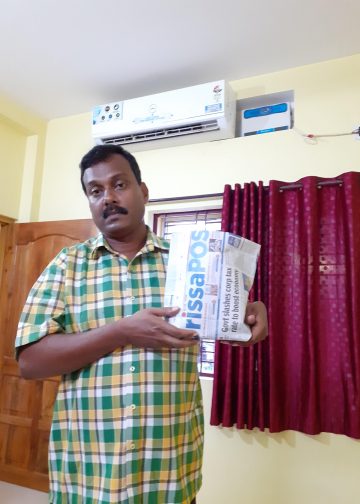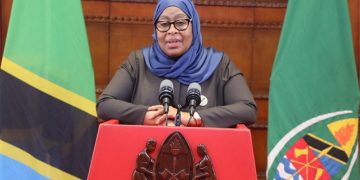BHUBANESWAR: The 17th edition of National Handloom Expo 2020 has been a massive crowd puller on each of its days and Sunday was no different with the theme ‘Bomkai Day’.
Bomkai Silk Sarees and dress materials are very famous in all over India for its excellent workmanship, design and colour combination. The Bomkai handloom is originated from a small village called Bomkai in Patrapur Tahsil of Ganjam district in Odisha.
Originally, it was woven with coarser cotton yarn. According to the place of its original creation, it is called as ‘Bomkai Handlooms’. The characteristic of this traditional Bomkai lies in stepping and shaft formula and regular motif remain the same in any composition.
Its uniqueness is that there is no fixed layout for the Anchal pannels developed by extra weft in various colours. Designs are composed of beautiful motifs including Karela (Bitter gourd), Kanthiful (small flower), Atasi Flower, Padma (Lotus) and Rui rachha (carp fish) among others.
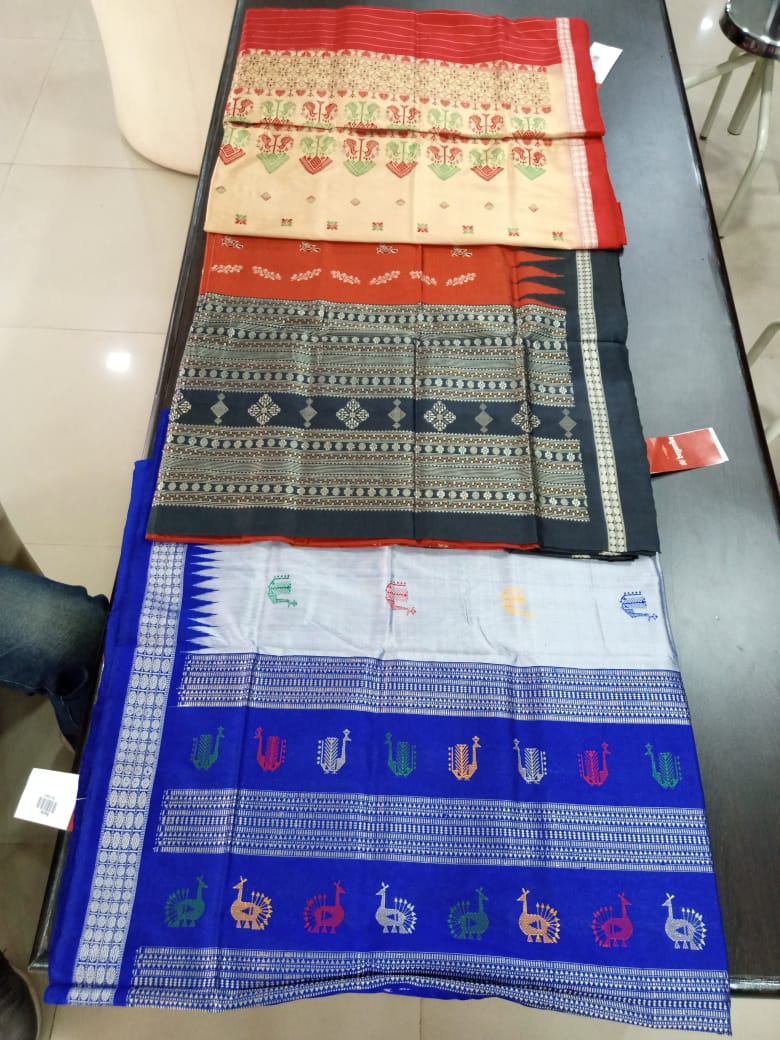
The design of the fish is seen in the saree as it is believed to be a sign of success and affluence. A row of kumbha is the favourite border motif of Bomkai Silk. The Bomkai designs were developed in the late 80’s and introduced in early 1990’s in the Sonepur handloom cluster. Since then, permutation and combination of designs involving tie and dye and Jalla designs are being practised in the cluster.
Later on, the body design was also developed to make the fabrics more attractive and zari were used to add value to the fabrics. The weavers from Subarnapur, Boudh and Bolangir districts generally produce cotton and silk saree with ladies’ dress materials. The Bomkai silk sarees produced by the weavers enjoys a great demand among handloom lovers.
Modern silk sarees with Bomkai design are popularly known as Bomkai Jalla silk or Sonepuri patas. Bomkai silk are produced with Bomkai design woven in handloom using Jalla technique. Bomkai silk fabric is not confined to geometrical shape and size.

